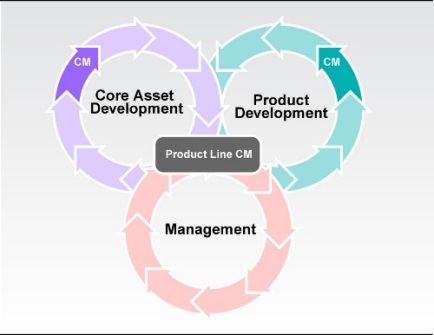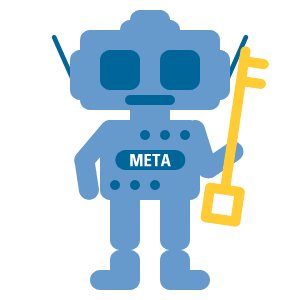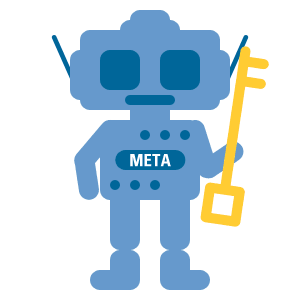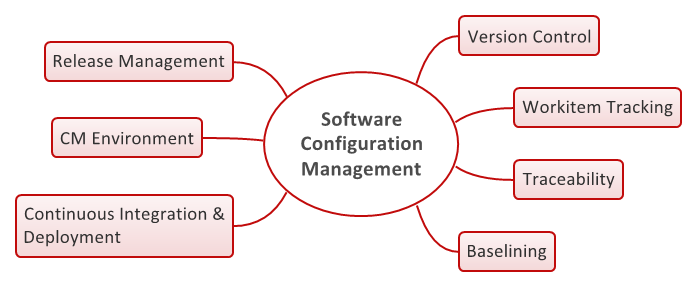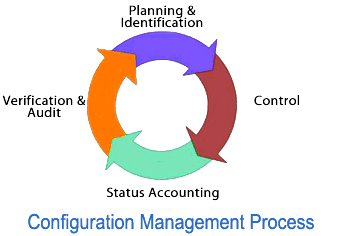What?
SCM is a software engineering discipline consisting of standard processes and techniques often used by organizations to manage the changes introduced to its software products. SCM helps to eliminate the confusion often caused by miscommunication among team members. The SCM system controls the basic components such as software objects, program code, test data, test output, design documents, and user manuals.
Who?
The Software Engineering Institute (SEI) advocated a standard definition for CM oriented to software, broadening the definition of the Institute of Electrical and Electronics Engineers (IEEE) and the guidelines of the International Organization for Standardization (ISO).
Why?
Is software engineering practices associated with software configuration management offer a number of opportunities to address requirements found International Standard, ISO 9001. From management perspective, the principles and practices of CM represent an accepted and understood foundation for improving the efficiency and of these process. (Configuration Management and ISO 9000, Bamford, William).
Where?
Configuration Management originated in the United States Department of Defense in the 1950s as a technical management discipline for hardware material items and it is now a standard practice in virtually every industry. The CM process became its own technical discipline sometime in the late 1960s when the DoD developed a series of military
When?
The need for formalizing and taking SCM seriously, arose when rightly named “Software Crisis” was identified back in late 70s and early 80s. Only after the 80’s the SCM was allowed to grow as an autonomous entity from traditional CM.
How?
The first SCM systems of early 80s were developed in house and their primary focus was on file control. Most of them were built as a set of Unix scripts over RCS (a simple version control tool) and Make (for derived object control).
Metadata?
Metadata is structured information that describes, explains, locates, ![]()





